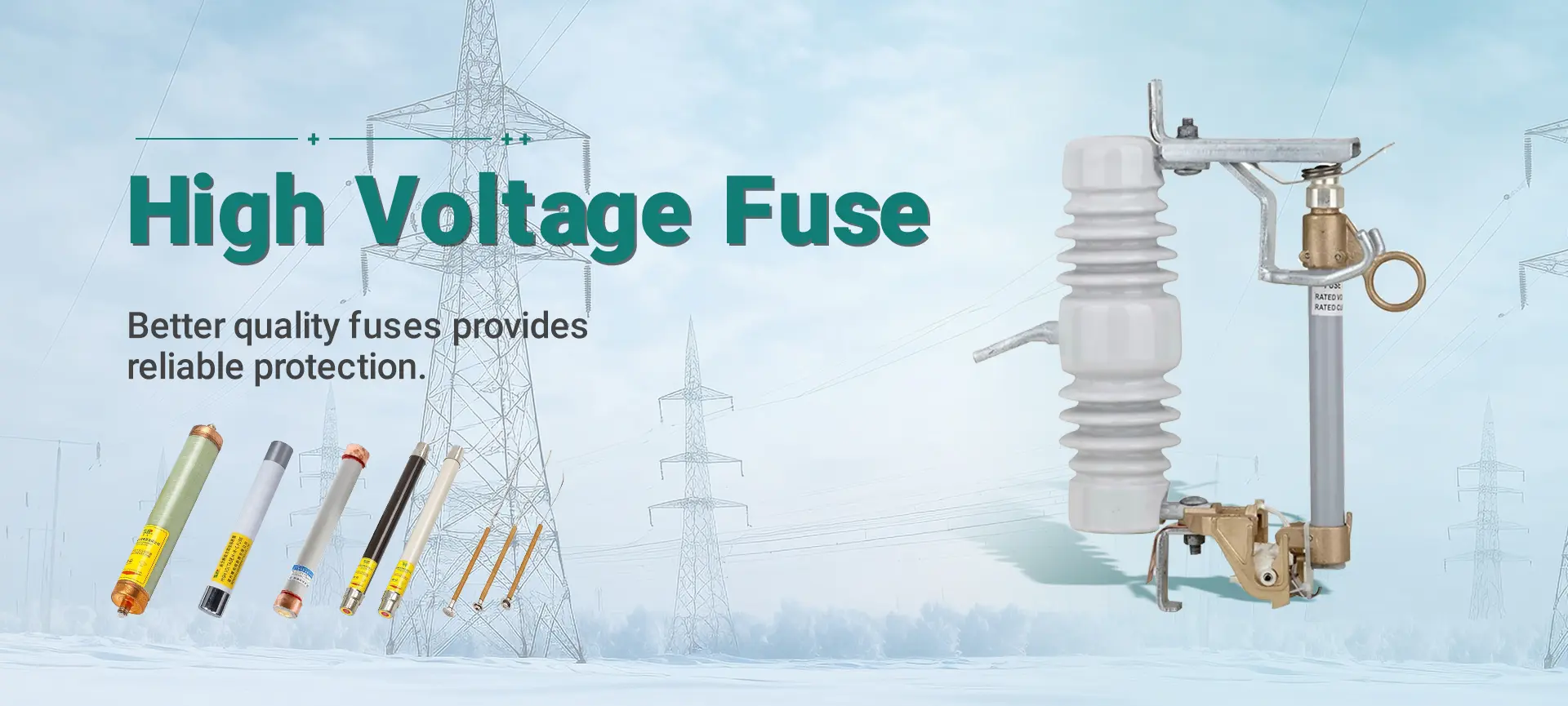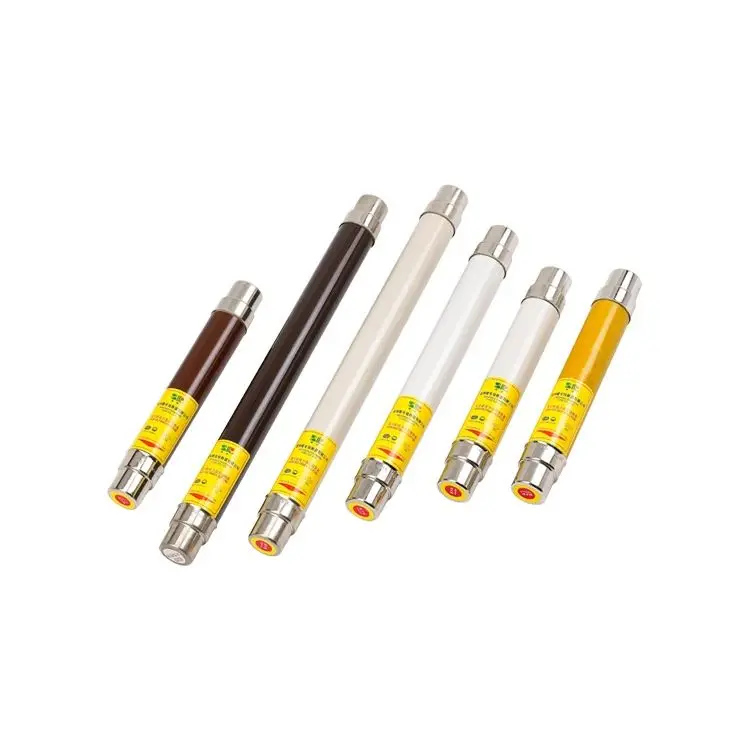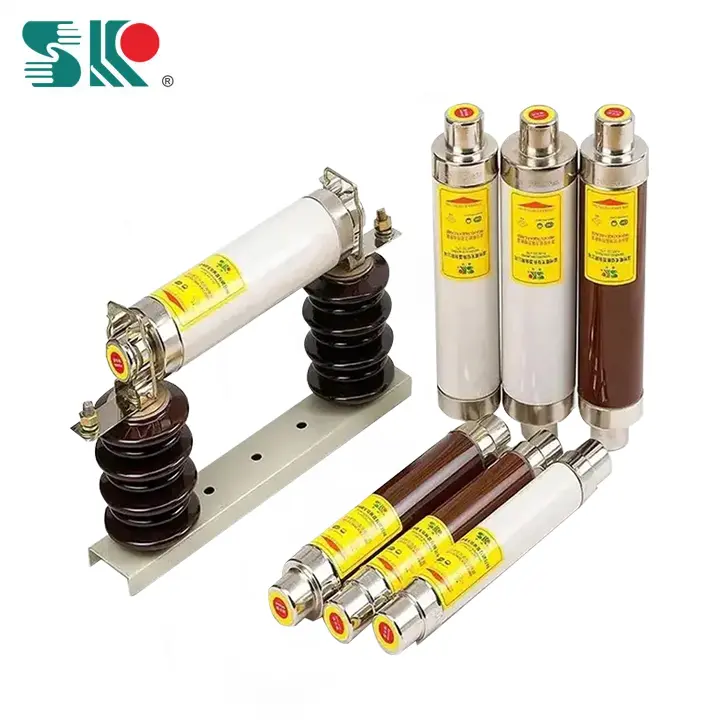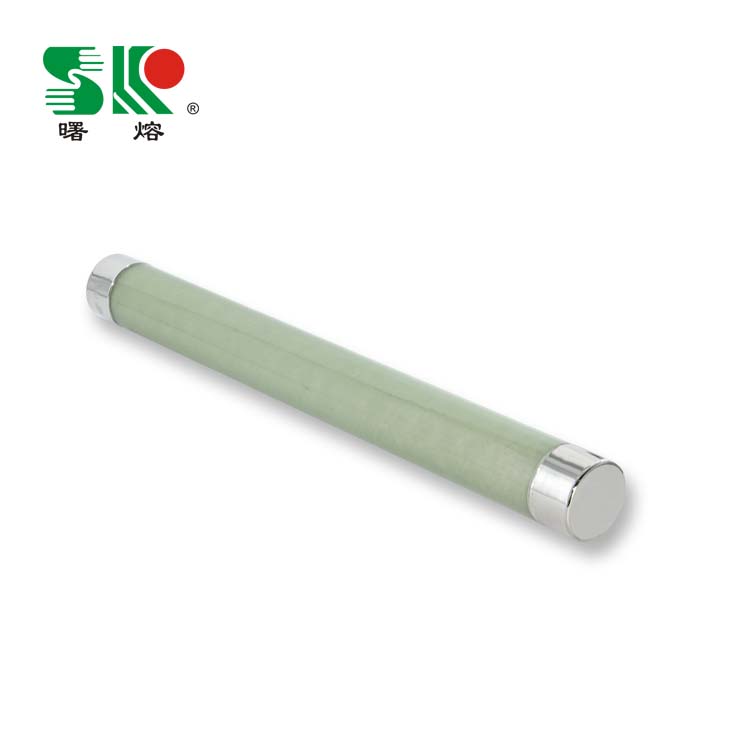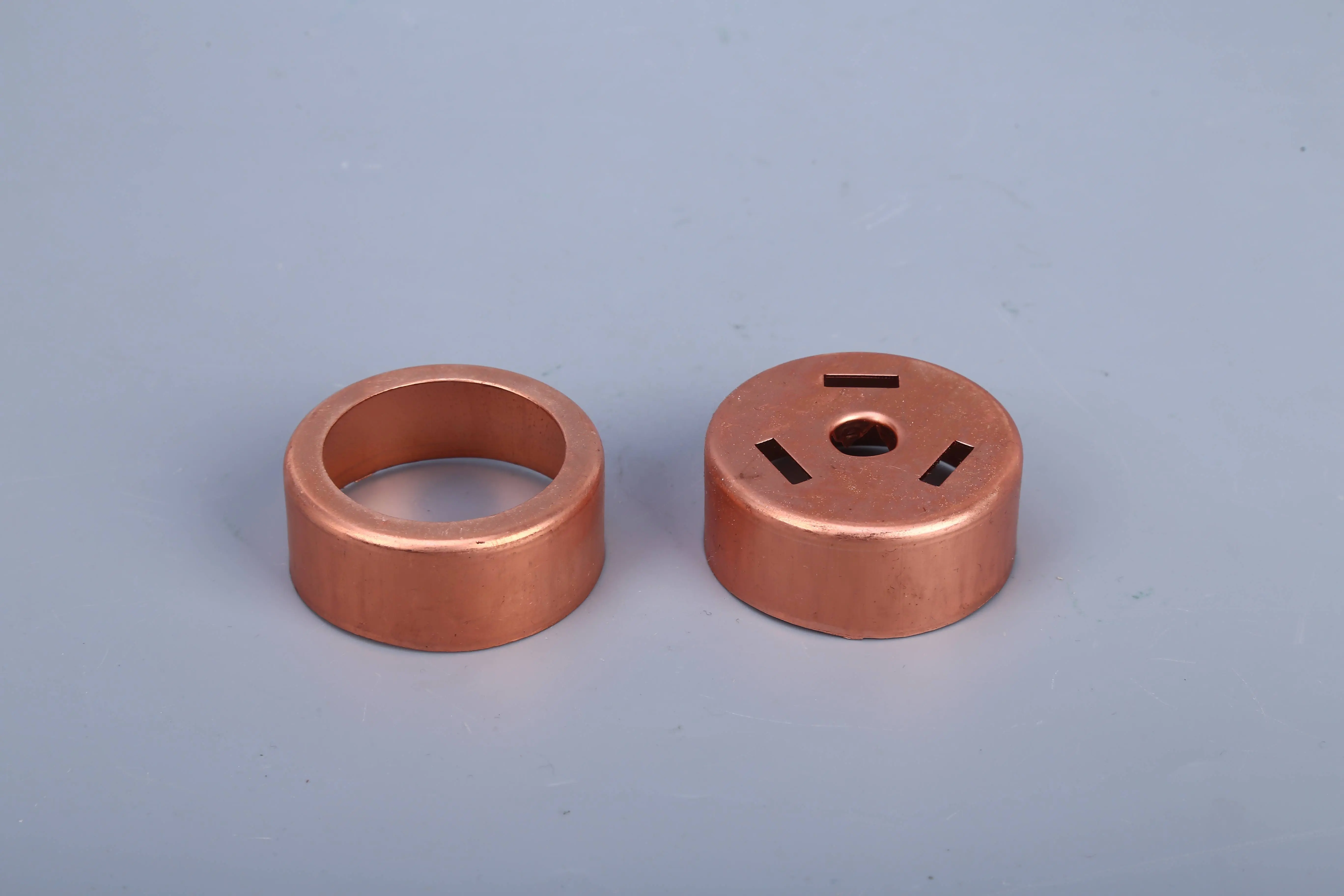Rated current of fuse and rated current of fuse element
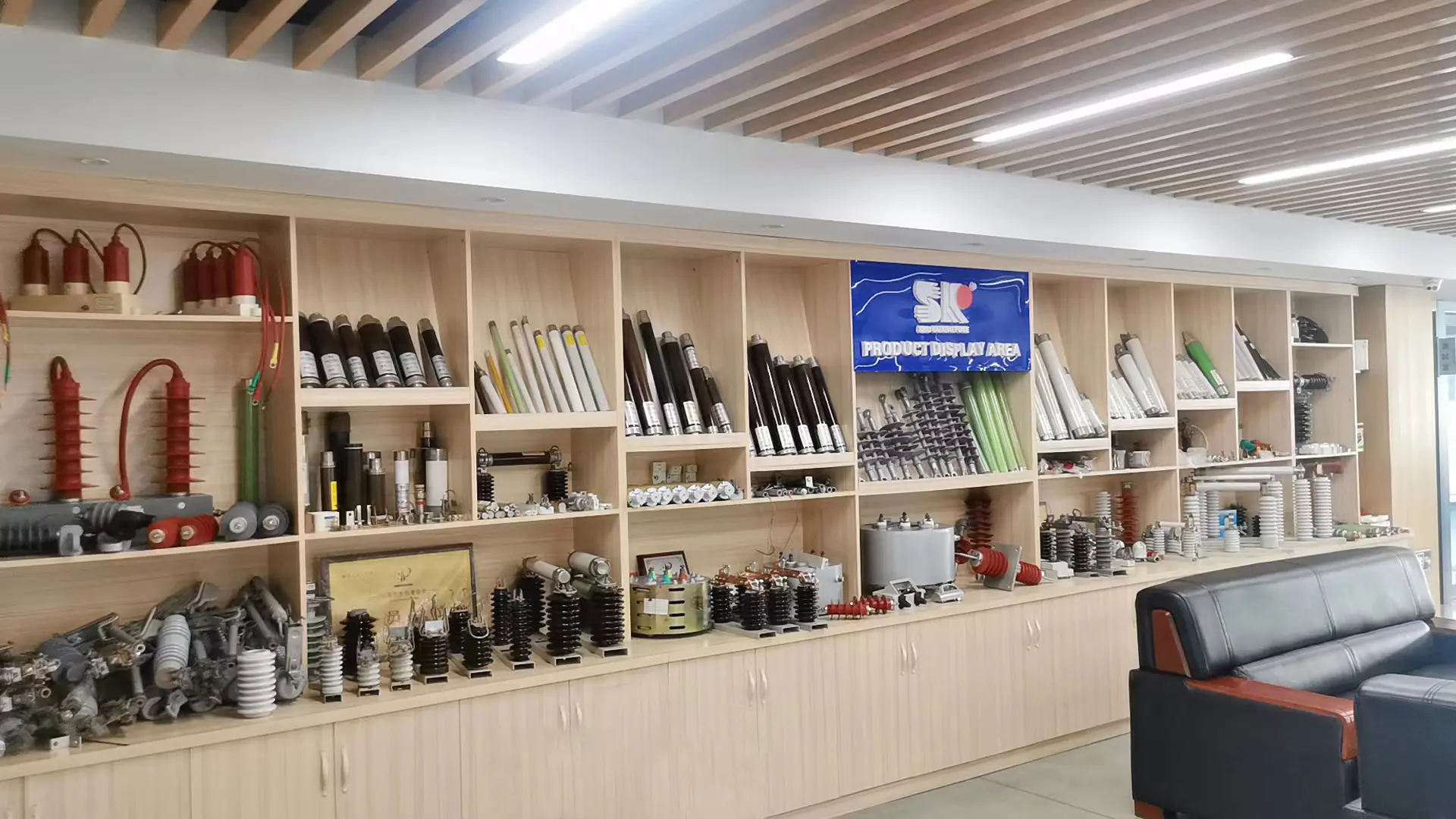
WENZHOU SHUGUANG FUSE CO.,LTD. are professional and realiable fuse manufacture with more than 30 years experience.
1. What is the instantaneous fuse current of the high-voltage fuse?
Different high-voltage fuses have different inverse time fuse curves, but generally at 8-12KA, the fuse curve changes from basically vertical to basically horizontal. When the current exceeds this current value, the fuse will quickly blow.
2. When the load current is equal to the rated current of the fuse, will the fuse blow?
When the load current is equal to the rated current of the fuse, the fuse will blow.
Because after the current reaches its rated current, the fuse temperature rises sharply and maintains this temperature for a long time, the internal resistance of the fuse will become larger and larger, so the heat will become stronger and stronger until the fuse blows.
A fuse is an electrical appliance that uses the heat generated by itself to melt the fuse and disconnect the circuit when the current exceeds the specified value.
A fuse is a current protector made based on the principle that after the current exceeds the specified value for a period of time, the fuse melts the fuse with the heat generated by itself, thereby disconnecting the circuit.
Fuses are widely used in high and low voltage power distribution systems and control systems as well as electrical equipment. As short circuit and overcurrent protectors, they are one of the most commonly used protective devices.
3. What is the rated current of a fuse? What is the rated current of a fuse element? What is the relationship between the two?
The rated current of a fuse element refers to the allowable current that the base on which the fuse element is installed can safely and continuously operate.
The rated current of a fuse element refers to the maximum current that the fuse element can pass for a long time without melting.
The two are aimed at different objects, the former ≥ the latter. For example, the rated current of the RL1-60 spiral fuse is 60A, and fuses with different rated currents such as 20, 25, 32, 36, 40, 50, and 60A can be placed in it according to needs.
4. Causes and treatment methods of frequent 10kVPt high-voltage fuse blowing
The role of voltage transformer, the common causes of voltage transformer fuse blowing are summarized, and then the cause of frequent high-voltage fuse blowing after replacing the 10KV busbar PT in a substation is analyzed, and treatment methods are proposed to eliminate the fault, providing reference and reference for similar problems that may occur in the future.
We provide various high voltage and medium voltage fuse, we are Wholesale Xrnp1 Factories
Our advantageous products:Pt Fuses,XRNP fuse,XRNT fuse,Motor Rated Fuses, J Type Fuse,K Type fuse, Overhead Fuse Cutout ,Expulsion Type Fuse





